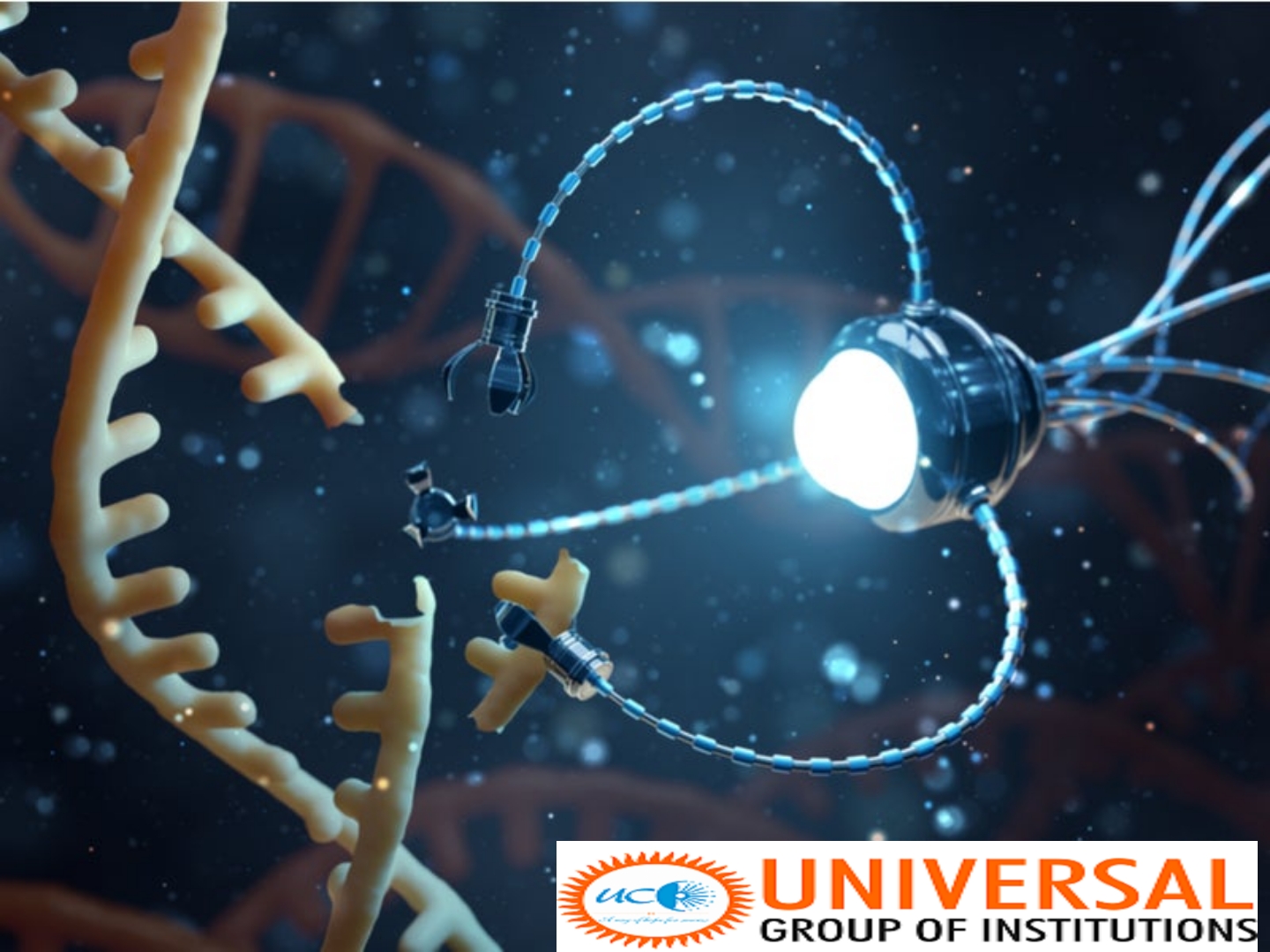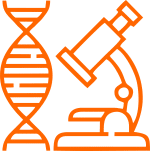Illustrate the potential use of Nanotechnology in the agriculture and defense sector in India.
Since Richard Feynman’s famous quote – “There is a lot of space at the bottom”, nanotechnology has come a long way. Nanotechnology involves manipulation of matter at the scale of 1-100 nanometers (nm). Matter behaves very differently at this scale as compared to the macro scale. This offers great opportunities in fields like agriculture and defense. Some of the applications are as follows –
Use in Agriculture
- Genetic engineering: Since nanoscale is the scale of molecules, nanotechnology has been used to develop gene guns, nano-arrays based technology for specific gene expressions, etc. These can be used to improve the quality of produce and build in resistance against stresses like water scarcity, high temperatures, pests, etc.
- Nutrient Management: With materials like gels, carbon nanotubes, nanotechnology is set to revolutionise the nutrient delivery to crops. Compared to conventional fertilisers leading to high wastage and cost, targeted nutrient delivery and slow release can be done through nanotechnologies. It also leads to higher absorption and better-faster outcomes.
- It helps reduce pollution of soil and water (including groundwater).
- Soil mapping and improvement: Nano-materials can be used to treat bad soils improving their fertility. For example, zeolites have been used to treat acidic soils and make them fit for agricultural production. Soil testing is another area with potential decentralised application of nanotechnology. Quick mapping of pests and early control: Nanotechnology offers lab-on-a-chip devices at affordable costs to carry out testing at large scales to quickly identify pests and characterise them. This leads to swift response and minimizes productivity losses to farmers. Nano-biodegradable chips for tracking and monitoring of harvest: Strict quality control and assurance is sine qua non for consumer centric production and realisation of good prices. With these nano-chips, produce can be tracked through its value chain and quality assured for consumers and exporters.
- Post-harvest management: Nanotechnology involves coating and materials which discourage the growth of marks and microbes on crop produce, thus maintaining the freshness and quality of food. Given that INR 90000 crop loss due to poor storage (as per NITT), this offers a great opportunity for the application of nanotechnology.
Use in Defense
- Smart materials: Conventionally, there has been a trade off between weight and strength of materials. However, new age nano-materials have resolved this offering higher strengths and Kevlar is a nano-composite used widely in aircrafts and military hardware. Applications can be found in building bullet-proof suits, armour, missiles, etc. Nano-robotics: Robots at a nano-scale consume less energy and can sustain itself for longer periods. It can be very useful for surveillance applications in hostile environments where human life is endangered and space is scarce.
- Lifesaving applications: Applications of nanotechnology in chips to monitor body vitals of soldiers in real time to offer medical services on the battlefield is one possibility. There is ongoing research on powdered nanomaterials which can be given to wounded soldiers and act as oxygen carriers to avoid hypoxia and death. Similarly, faster regrowth and guided tissue redevelopment will aid the lives of injured soldiers and raise their quality of life.
- Camouflage: Several nano-materials have the property to absorb waves. This can be used in the aircraft and submarine design for stealth against radars.
- Chemical and biological agent resistant suits: Strategic use of nanomaterials against potential use of chemical and biological agents by states or terrorists can be a major application. Communication and sensor technologies: nanomaterials can be designed to be extremely sensitive to small amounts of materials. In defence, this finds applications in designing sensors for landmines, communication, etc. Nanomaterials, with their close to superconducting properties, can revolutionize communication with higher bandwidths and speeds.
Thus, nanotechnology has huge potential applications in agriculture and defence, the two crucial sectors for India. However, its applications are not limited to these two sectors. Applications in health, industry, electronics, etc. are notable too. India has done well to identify its potential early and started the Mission on Nano Science and Technology (Nano Mission) in 2007 to promote research and development in the sector.






